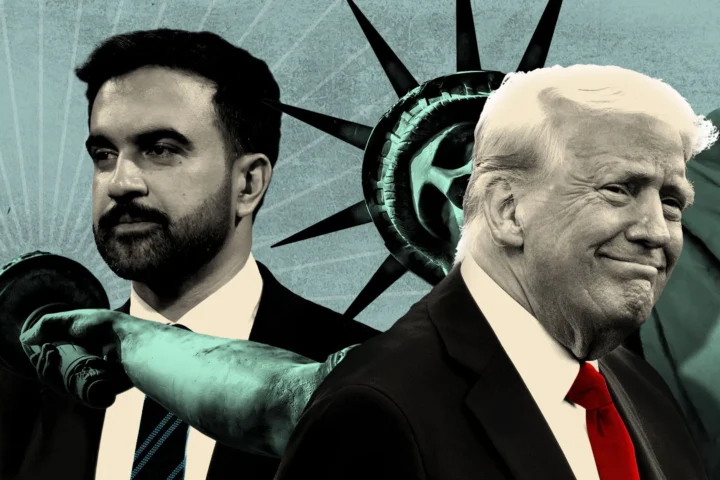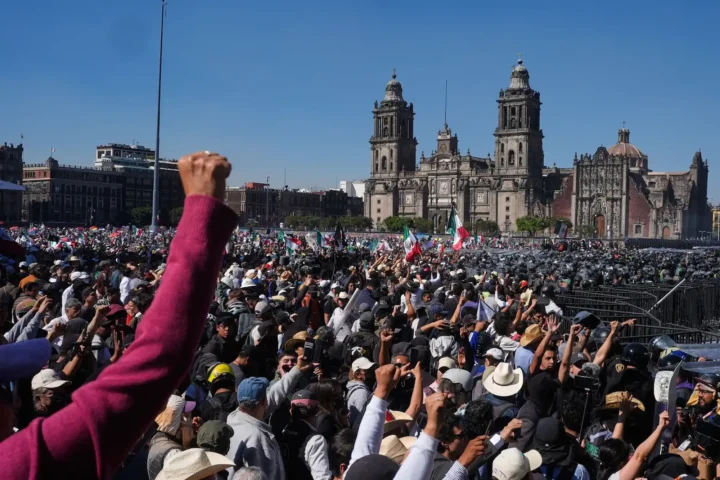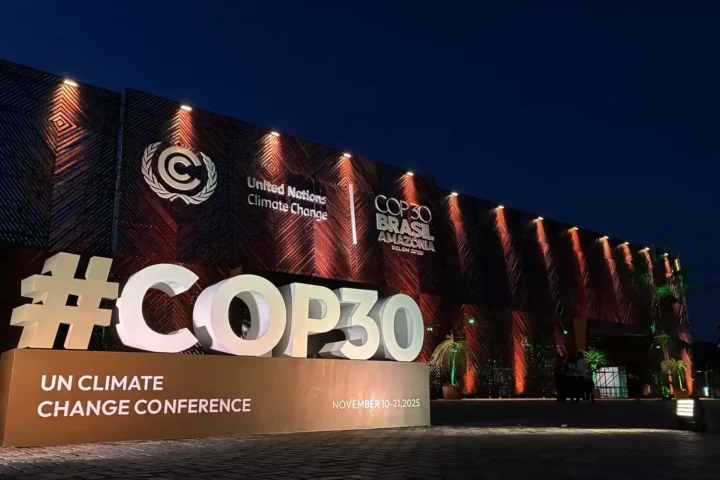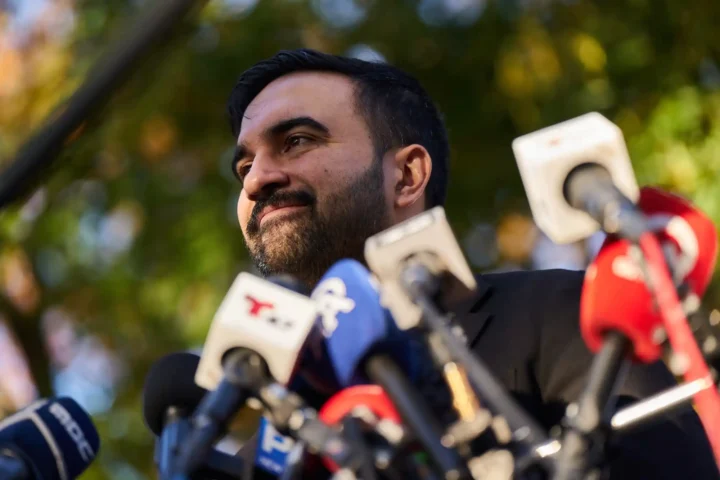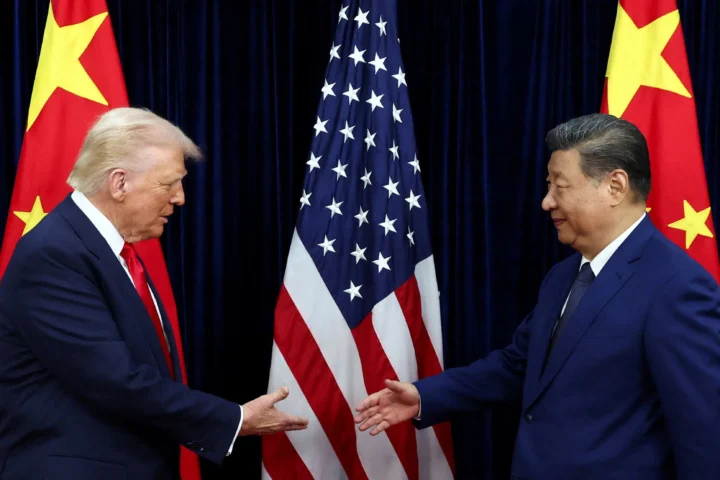As anti-immigration rhetoric surges across Europe and the United States, it is vital that we look beyond fearmongering and examine what is really at stake. The narrative that human mobility is a burden to modern societies is not only misleading – it is dangerous. The truth, supported by decades of economic and historical evidence, is that migration is an essential driver of growth, demographic resilience, and cultural cohesion.
To ignore this fact is not just a miscalculation; it contradicts the very principles of democracy and open societies that modern nations claim to defend. Worse still, it risks weakening the economies, innovation capacity, and social stability of the very countries that seek to restrict it.
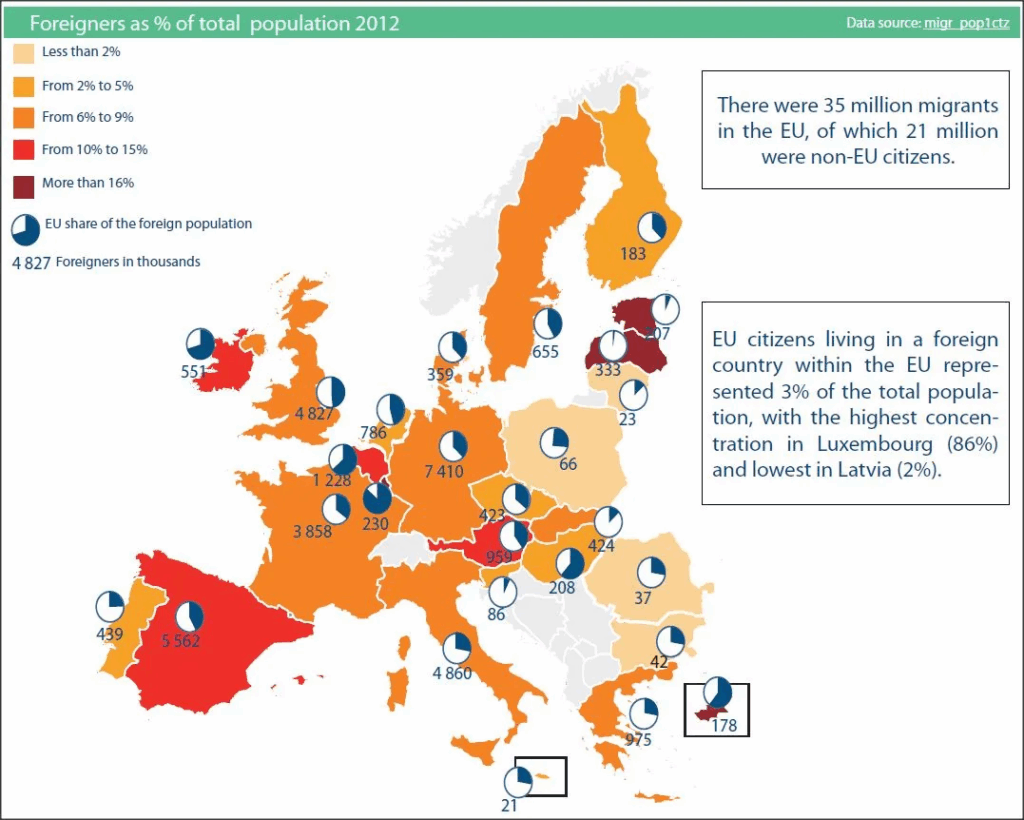
Migration Is the Rule, Not the Exception
Migration is not a 21st-century anomaly. Human history is a story of movement. From the Mediterranean diasporas of antiquity to the mass migrations that reshaped the Americas and Europe in the 19th and 20th centuries, societies have been built – and rebuilt – through the movement of people, languages, knowledge, and goods.
To present migration as a threat is to rewrite history. It attempts to turn isolation – the exception – into the rule. Every city-state, colonial empire, and modern nation-state has been forged through migration. Treating migrants as intruders, rather than as future citizens and economic agents, is not only a moral failure but a strategic one.
The Economic Case Is Irrefutable
The numbers are stark. In 2016, the McKinsey Global Institute found that migrants, while just 3.3% of the global population, generated 9.4% of global GDP – around $6.7 trillion. In the United States alone, their contribution to GDP stood at $2 trillion.

The International Monetary Fund (IMF) reached similar conclusions in 2024: migration flows to the eurozone, including millions of Ukrainian refugees, are projected to raise the region’s potential GDP by 0.5% by 2030. This is not a trivial figure; it represents half of all expected growth. Without migration, Europe’s already modest economic prospects would be far grimmer.
In the United States, immigrants are even more critical to economic dynamism. In 2023, more than 31 million immigrants – 19% of the workforce – were active in the labor market. Their participation rate, at 67%, exceeded that of native-born workers, who stood at 62%. Migrants, in other words, work more, pay more taxes, and fuel domestic consumption.

Crucially, immigrants do not generally displace native workers. They often take on physically demanding jobs or those that locals are unwilling or unable to fill, complementing rather than competing with native-born labor. In aging societies like Germany, Italy, and Japan, this complementarity is not a luxury – it is a necessity. Without migrant labor, hospitals would be understaffed, supply chains would stall, and entire industries – from agriculture to eldercare – would collapse.

The Organisation for Economic Co-operation and Development (OECD) has warned that without greater inclusion of immigrants, women, and older workers, GDP per capita growth in its member states could fall from 1% annually (2000–2020) to just 0.6% by 2060. Inclusive migration policies, by contrast, could add at least 0.1 percentage point to annual growth.
Migration Fuels Innovation
Migration’s contribution goes beyond labor supply; it drives innovation. Immigrants in the United States are 80% more likely to start a business than native-born citizens. More than 40% of Fortune 500 companies were founded by migrants or their descendants – including tech giants like Google, Tesla, and Apple.
The same is true in academia and technology. A significant proportion of patents filed in the U.S. include at least one foreign inventor, while the country’s science and engineering programs rely heavily on international students. Closing borders does not simply reduce immigration; it closes the door to the very innovations that fuel economic leadership.
Europe is no exception. According to the IMF, two-thirds of new jobs created in the EU between 2019 and 2023 were filled by non-EU migrants. These workers are not “stealing jobs”; they are filling structural vacancies that neither automation nor the internal market can meet.
Global Benefits: The Power of Remittances
Migration also creates powerful ripple effects beyond host countries. In 2022, global remittances reached $831 billion – a 650% increase since 2000. These funds, sent directly by migrants to their families, often exceed official development assistance and, in some cases, foreign direct investment.
Unlike government aid, remittances are invested almost entirely in health, education, and housing, creating long-term stability in migrant-sending countries. They represent an informal but highly effective redistribution of global wealth – a humanitarian achievement rarely acknowledged in political debates.
The Cost of Ignoring the Evidence
The economic and social case for migration is overwhelming. Yet populist and nationalist rhetoric continues to portray migrants as a threat. This deliberate distortion has three serious consequences:
- Economic losses: Restricting immigration cuts off a structural source of growth, innovation, and fiscal sustainability.
- Social instability: Anti-immigration rhetoric fuels stigmas, weakens social cohesion, and makes integration harder – a self-fulfilling prophecy.
- Geopolitical weakness: In a world where human capital is the ultimate resource, countries that close themselves off lose influence and competitiveness.
Solutions Exist – What’s Missing Is Political Courage
The good news is that there are already proven solutions. Streamlining professional accreditation for migrants, improving regional migration coordination, and creating faster labor-market integration programs are not radical ideas; they are common-sense measures with strong track records.
The real challenge is narrative. Politicians must stop pandering to fear and start treating migration as what it truly is: a strategic asset. Public opinion, shaped by decades of alarmist rhetoric, needs to be recalibrated.
As the World Economic Forum rightly points out, migration is not a problem to be solved; it is an opportunity to be managed intelligently and humanely. To underestimate its value is to undermine the very foundations of 21st-century development.
A New Social Contract
Modern societies must embrace a new social contract – one that views human mobility not as a threat, but as an integral part of economic resilience and cultural vitality. Isolation was never the foundation of prosperity; exchange and movement were.
The choice is clear. Societies that recognize migration as an engine of growth will thrive. Those that surrender to fear will wither, economically and morally. The question is whether our political leaders – and our citizens – are ready to face this truth.
Migration is not the crisis. The real crisis is our failure to understand its value.




